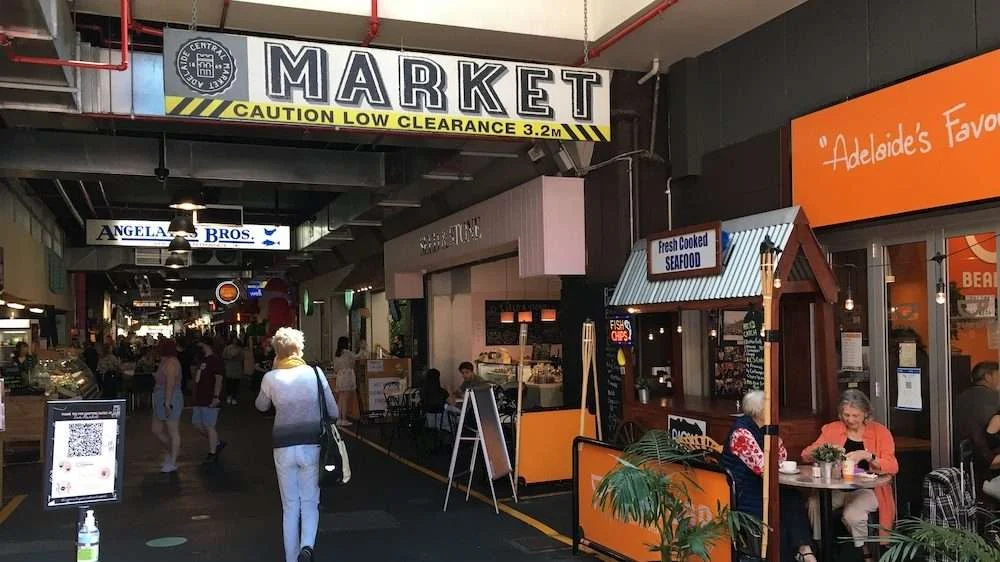Those who have not been to the Market for a long while would have noticed it. Especially at the edges. The Adelaide Central Market is slowly but surely changing.
Not the facade but in terms of what it is offering.
Who would have thought the historic, iconic and Australia’s oldest central market that stood firm for 150 years changing. From a primarily a fresh produce market to something else.
A year earlier, 14th March 2021, I did a post on Adelaide Central Market.
At that time I did not realise the first signs. I had focused on the origin and background of the Market and somehow missed the early signs of the impending changes.
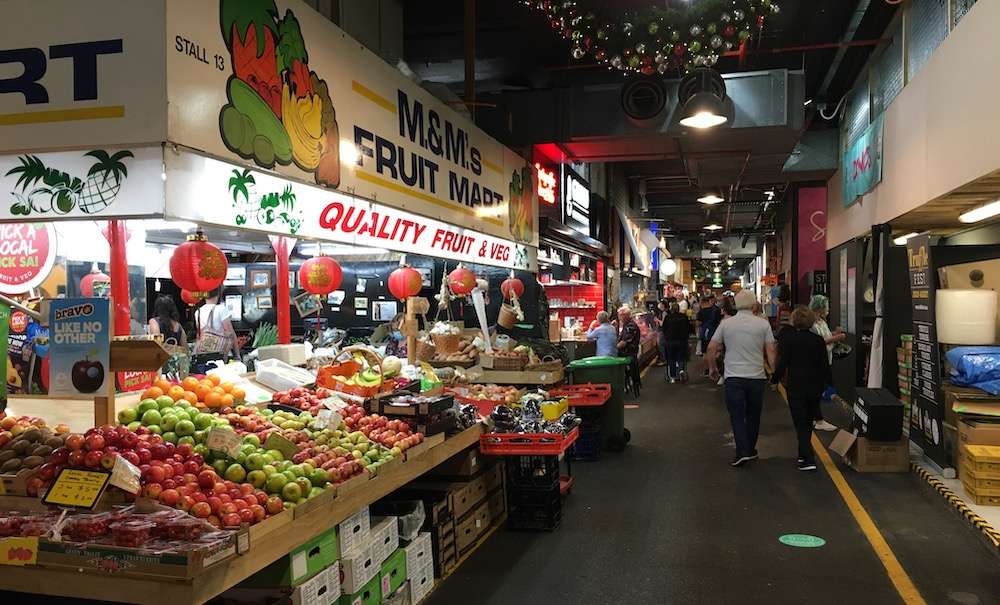
It should be noted that besides fresh produce, the market do have stalls selling what is commonly referred to as “fine food” for decades.
These are typically processed and semi processed food products such as cheese, sausages as well as sauces, condiments and spices. The morphing does not include them. They are considered an integral part of the market.
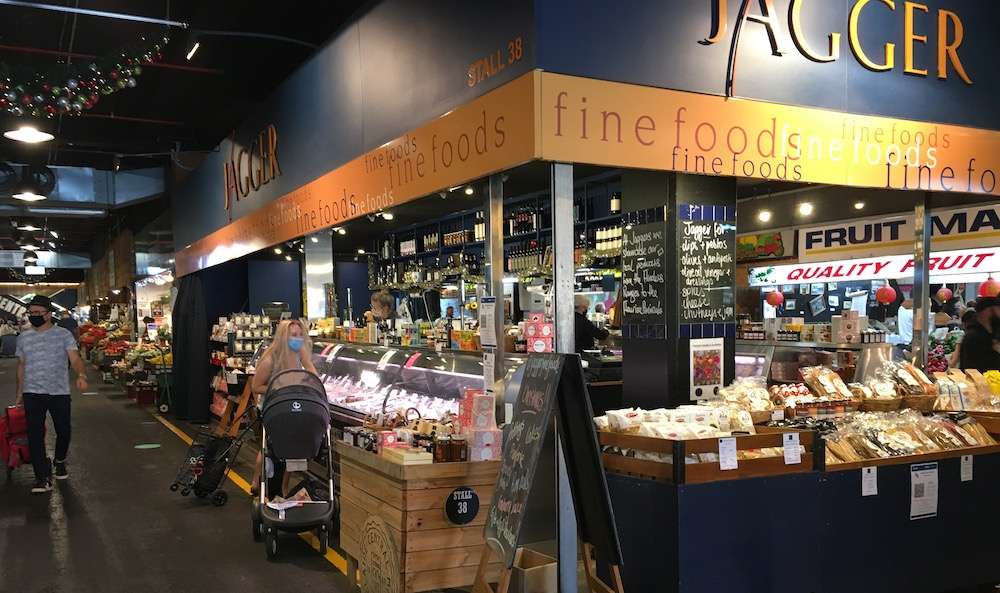
There are also limited number of long standing eateries or cafes such as Lucia’s, Zuma and the Asian Gourmet. They occupied the outer ring of the market. Plus the sole camera shop, the Camera House. A small but important supporting cast for the main fare and they are known to all.
By the way, every time Lucia’s is mentioned I think of one particular dish that causes one to salivate. I won’t tell which but its certainly worth a trip to find out.
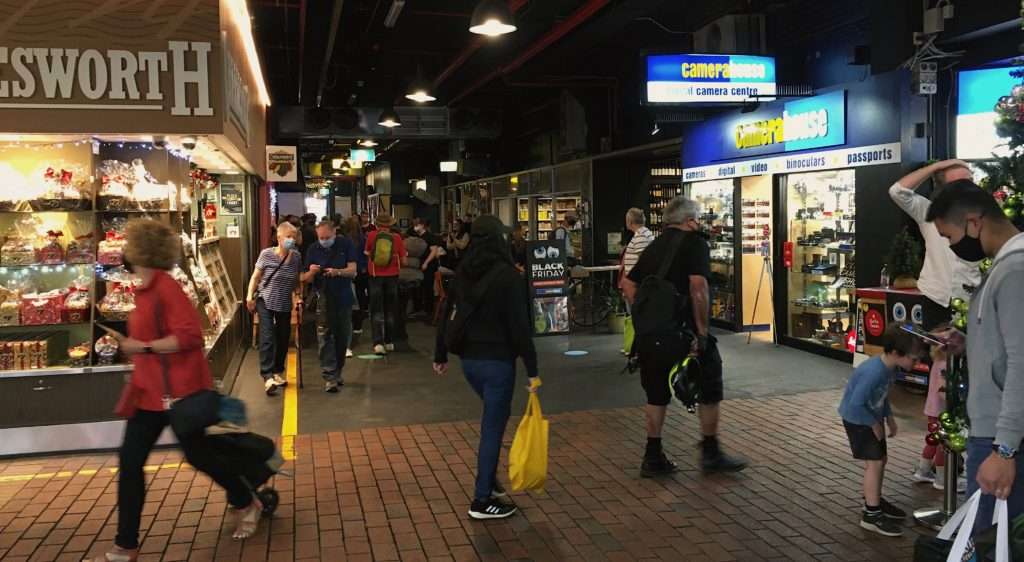
The relentless advance of supermarkets
With supermarkets getting bigger with locations all around the country, more high street butchers and fresh produce stores closing is inevitable. It is not specific to Adelaide or Australia. A well known trend in developed and in some developing countries.
Rising labour cost and less family members helping out in market stalls make for less competitive pricing. They also would not be able to compete with supermarket chains who are able to set farm gate prices based on bulk.
Current composition of stalls at the market
Even though it has started to morph maybe a year or two back, I will use December 2021 as the baseline. We can then see what the Market would morph into by 2031. That’s 10 years time.
For a start, there are 14 stalls selling fresh produce such as vegetables and fruits. 7 stalls selling meat and seafood. 10 stalls selling “fine food” and small goods for the kitchen. 10 stalls selling specialty foods such as mushrooms, olives, kangaroo meat, organic food products etc.
In total 41 stalls that sell the stuff that Adelaide Central Market is famous for decades.
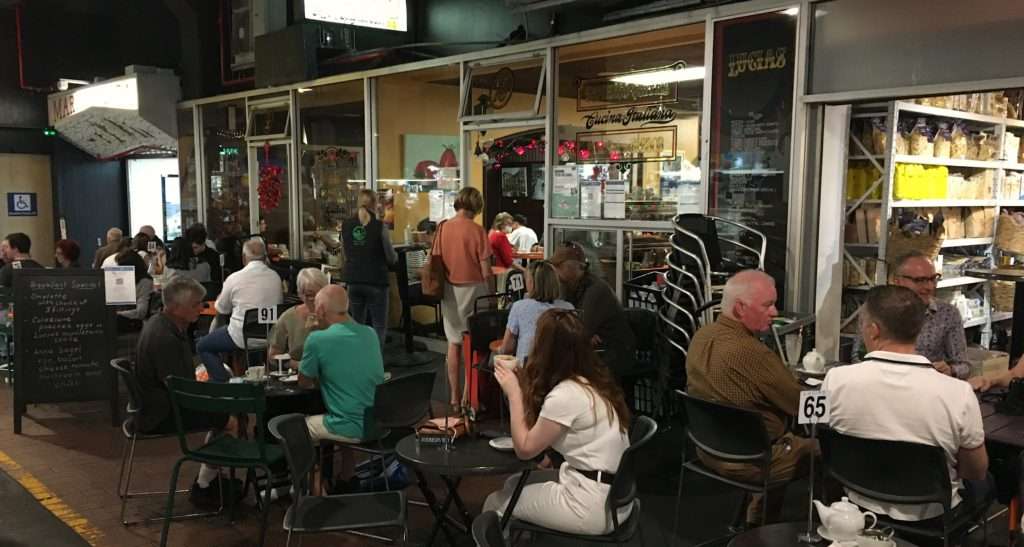
The long standing supporting cast have been the camera shop and the second hand book stall, that makes 2.
The long standing eateries come to 3 – Lucia’s, Zuma and the Asian Gourmet. So in old market speak we are looking at 46 stalls out of 73 stalls or 63% of what we used to know.
So who are the 27 new players? And this is when the first signs of morphing becomes evident.
Curating is an art
Before going into the new entrants I thought I will address the art of curating. I suspect it is in play here in Adelaide Central Market.
Retail developments such as malls and shopping precincts that are centrally managed would aim for a large anchor tenant as the draw card or magnet. Thats their starting point always.
And it always be a supermarket, Coles or Woolies or one of the smaller chains for smaller developments. They are offered highly favourable terms and long leases. With supermarket market shopping, all other tenants benefit from the foot traffic.
After the 1990s, mall managers even before completion of their development would “curate” what their shop mix should be beside the anchor tenant. Drilling down one step more.
Get the mix right and one is on the road to success. Research is done, prospective business owners are hunted down and offers made to relocate or start a new branch.
Mall and precinct operators are even prepared to leave a unit vacant until they get the right tenant even if someone is prepared to pay more for the lease.
The multiplier effect of drawing more customers arising from an optimal mix is not an exaggeration.
My first impression of the recent signs of morphing tells me a theme is emerging and I wonder if active curating is in play.
Johannesburg’s Rosebank Sunday Market
When my first post on Adelaide Central Market was done in March 2021, I did mention Pike Place Market in Seattle as well as Tsukiji / Toyosu Fish markets in Tokyo.
For this post I thought Rosebank Sunday Market in Johannesburg was more appropriate as an example. Their market mix is impressive.


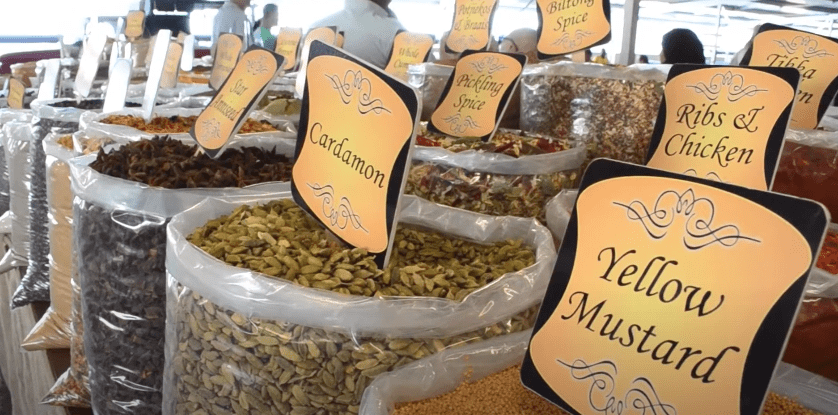
There are over 200 stalls in Rosebank and it’s a heady mix of African arts and curios, antiques, secondhand vinyl records, paintings, spices, clothing, food and many other things that catches one’s eyes.
The top carpark floor of Rosebank Mall converts each Sunday to a Market. The organiser claims it to be a World class market and I have to agree.
It is probably the only market I know where people sit on deck chairs and portable massage tables for their turn at traditional Thai massage. Courtesy of 2 Thai ladies in the middle of the market. The queue is hard to miss. Mrs Falcon is an ardent customer.
What is clear is great curating. Potential traders are required to submit photos of their saleable items and an explanatory note. No commercials are discussed until the photos and note are vetted. While I was there every stall was patronised. Traders were busy talking to customers and making deals.
My morning Sunday routine was to head to the resident Barista first for my cappuccino. With cup in hand I walk the aisles. One occasion I had my watch battery replaced. After picking a few items, then its to the Sangria stall for a refreshing drink and more shopping.
The last item on the agenda is food for lunch. Not every visit would be a shopping trip. It was for the drinks, food and to soak up the vibrant atmosphere.
What next?
So if fresh produce sees a decline in the traditional market as we know it what would be the alternative? What would keep such an indoor markets in a prime location enduring and keep its history somewhat? Have a guess before reading on.
The 27 new stalls are eateries. Many of them have taken over tenancies from former produce stalls that are in the inner aisles but near the entrances and exits.
The original older eateries were in the out ring. The older eateries provided food and nourishments for market day shoppers. As time goes by more people especially the younger generation will head to the market. Not for the market fare but to dine on cooked food. The new eateries are chic, hip and very appealing. And look at the food served.
What is encouraging are the number of young entrepreneurs that are setting up and running these stalls. There are also signs of an emerging international cuisine theme. Similar to London’s Camden Market Food stalls next to the canal locks.
Now in Adelaide Central Market, one will come across Latin America fare, Spanish Paella, Japanese Sushi, Vegan dishes, Cambodian , Italian and Greek food. I might have missed some.
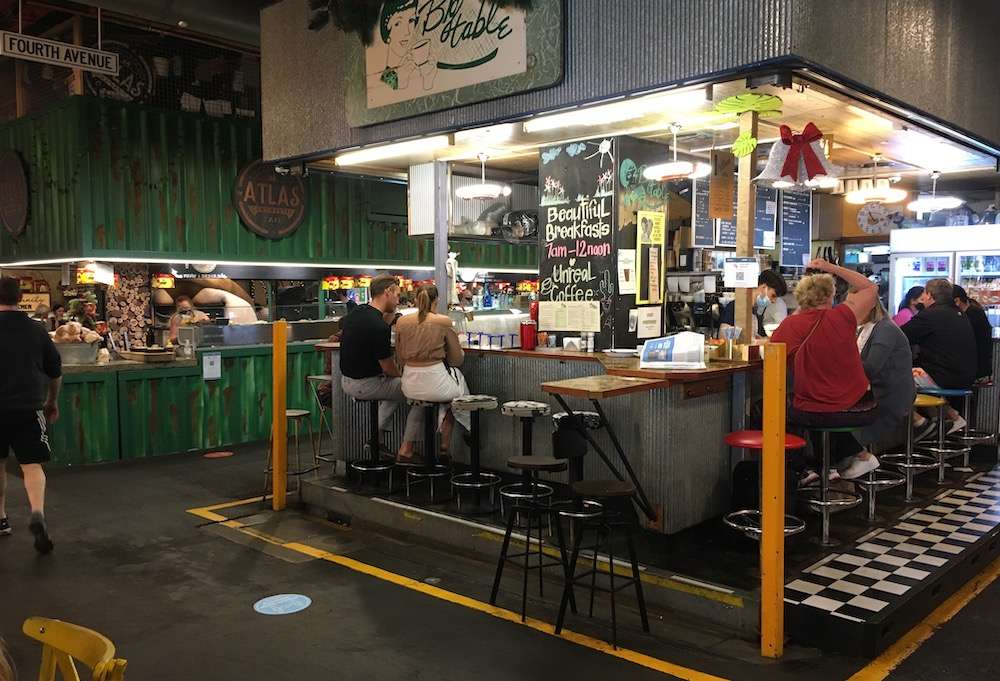
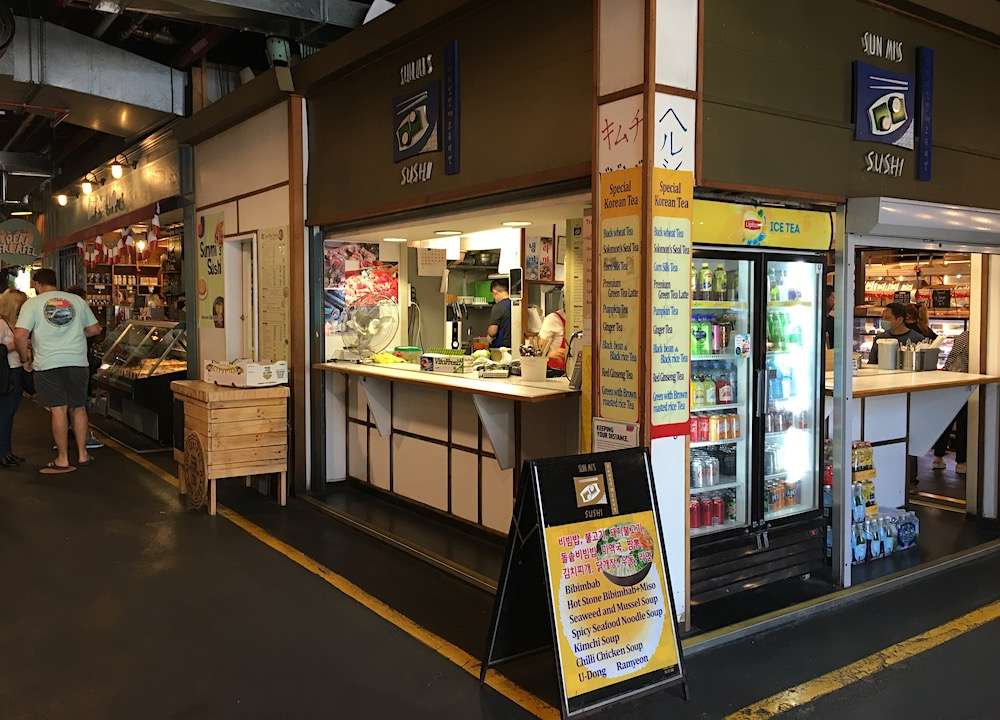
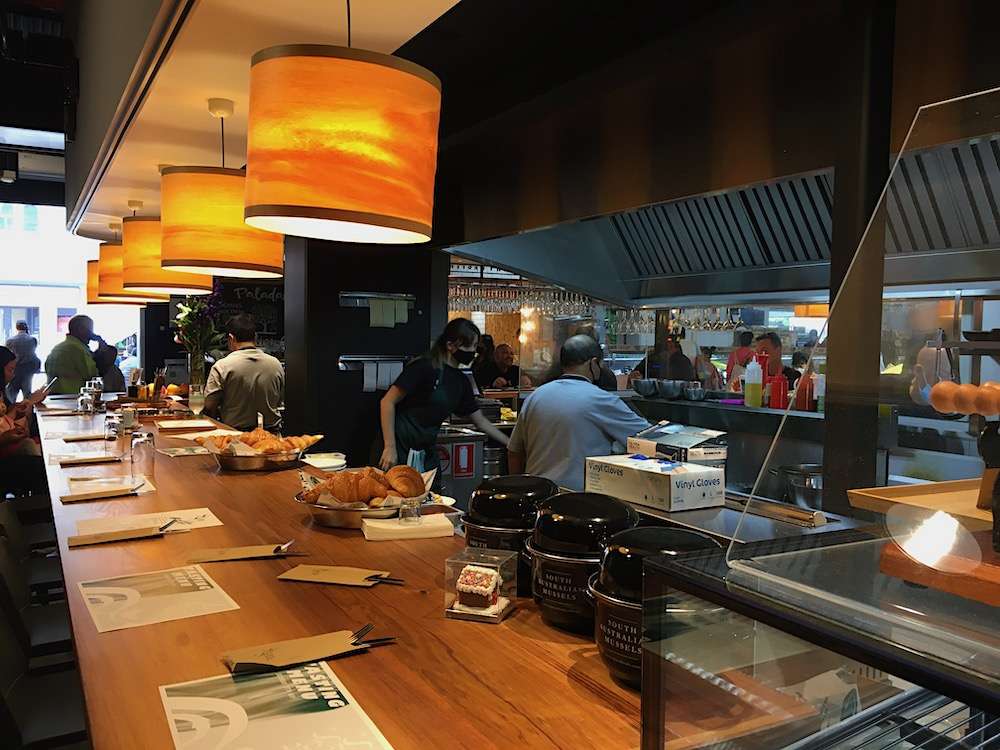

So if you haven’t been to Adelaide Central Market for a while then to check it out.
Good time to go would be 10am on a Friday or Saturday and don’t forget to take the obligatory snaps for your photo album. It is worth recording the change.
By 2031
I expect the preservation of the iconic facade. But a marked difference in tenancy. I also expect that it will open 7 days a week unlike now where it is closed on Sundays and Mondays.
The new closing hours will cover dinner patrons unlike now where it closes at 5.30pm on most days. 3 pm on Saturdays and extended to 9pm on Fridays. Aptly called ”trading hours” for now still have primary produce in mind.
Go with an open mind and check out the food stalls after your grocery shopping. You are in for a treat.
I did write about the migratory origins of stall holders in my first post about the Adelaide Central Market last year.
As I did come across Spanish and Latin Americans stallholders amongst the new arrivals. I guess its a new World and Adelaide despite its size and location still continues to connect. So the migration theme continues and we are introduced to new cuisines.
And we do love our Central Market.
